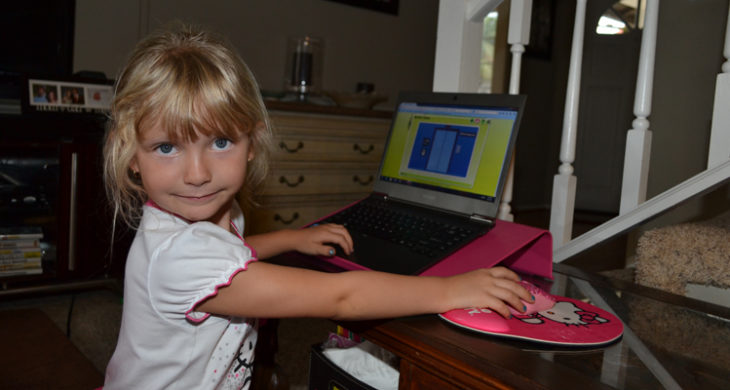Just as parents may use a behavior chart at home to encourage positive behaviors in their kids, many teachers use behavior charts in the classroom to monitor their students and maintain discipline.
Behavior charts used in the home can be valuable parenting tools when they have clearly stated expectations, address a limited number of target behaviors (one or two), are age appropriate, and are enforced consistently and lovingly. But do behavior charts work as well in school?
The Downside of School Behavior Charts
Behavior charts in school vary in type and use, but they are often in the form of a chart that is posted on the wall. The concept can also include a red, yellow, or green sticker placed on lunchboxes each day; a string with clips that face up for good and down for bad, or an end-of-week trip to a treasure box for the “good” children while others remain in their chairs.
Of course, the intent is to motivate students to be on their best behavior and not interrupt the learning process, but behavior charts in school can lead to many unintended, negative effects, including:
- Students may feel humiliated, embarrassed, or ashamed when their peers see them receiving negative feedback
- Students may feel confused or frustrated when they’re not sure why they received negative feedback
- Students may feel confused about what they should do differently to receive positive feedback
- Students may be rejected by their peers or their peers’ parents (parents may conclude that their child should avoid students with negative marks on the behavior chart)
- Students may be bullied by their peers because of being listed on the chart
- Students may give up trying to be good and act out instead
- Students may conclude they are worthless or bad
- Students may becomes stressed, anxious, or depressed because of their “rating”
- Students may eventually dread going to school and make up excuses for why they should be able to stay home
- Teachers may begin to marginalize certain students or label them as troublemakers
Pointing Out the Problems, Not Solving Them
One reason behavior charts at home can be more effective than behavior charts at school is that parents have the time and desire to follow up with their kids about why they received a negative mark and what they should do differently next time. Most teachers simply don’t have the time to follow up with each student each time he or she exhibits unacceptable behavior. Consequently, school behavior charts are often more disruptive and punitive than they are beneficial.
If your child’s teacher uses a behavior chart in the classroom, keep an eye out for any of the aforementioned signs that it could be negatively impacting your child. Ask your child about his or her school day. If the behavior chart is a routine topic of conversation, it may be time to talk to your child’s teacher and ask them to consider an alternate method of encouraging good behavior.
Experts are increasingly concluding that classroom behavior charts that focus on rewards and punishments aren’t helpful and can be harmful. That’s not to say a modified form of a typical behavior chart can’t be valuable. For instance, a behavior chart that simply posts classroom rules or classroom do’s and don’ts is a helpful reminder to students about what’s expected of them. It doesn’t call them out or reward them individually, but it does encourage them to follow the rules, which benefits everyone!
If classroom behavior charts or other school rules are causing issues for your student, consider a school alternative. Students participating in a K12-powered public school receive a high-quality, personalized education experience online. Visit K12.com to learn more and find a school in your area.
,










